Five features I'd love to see in a 12-inch iPad Pro
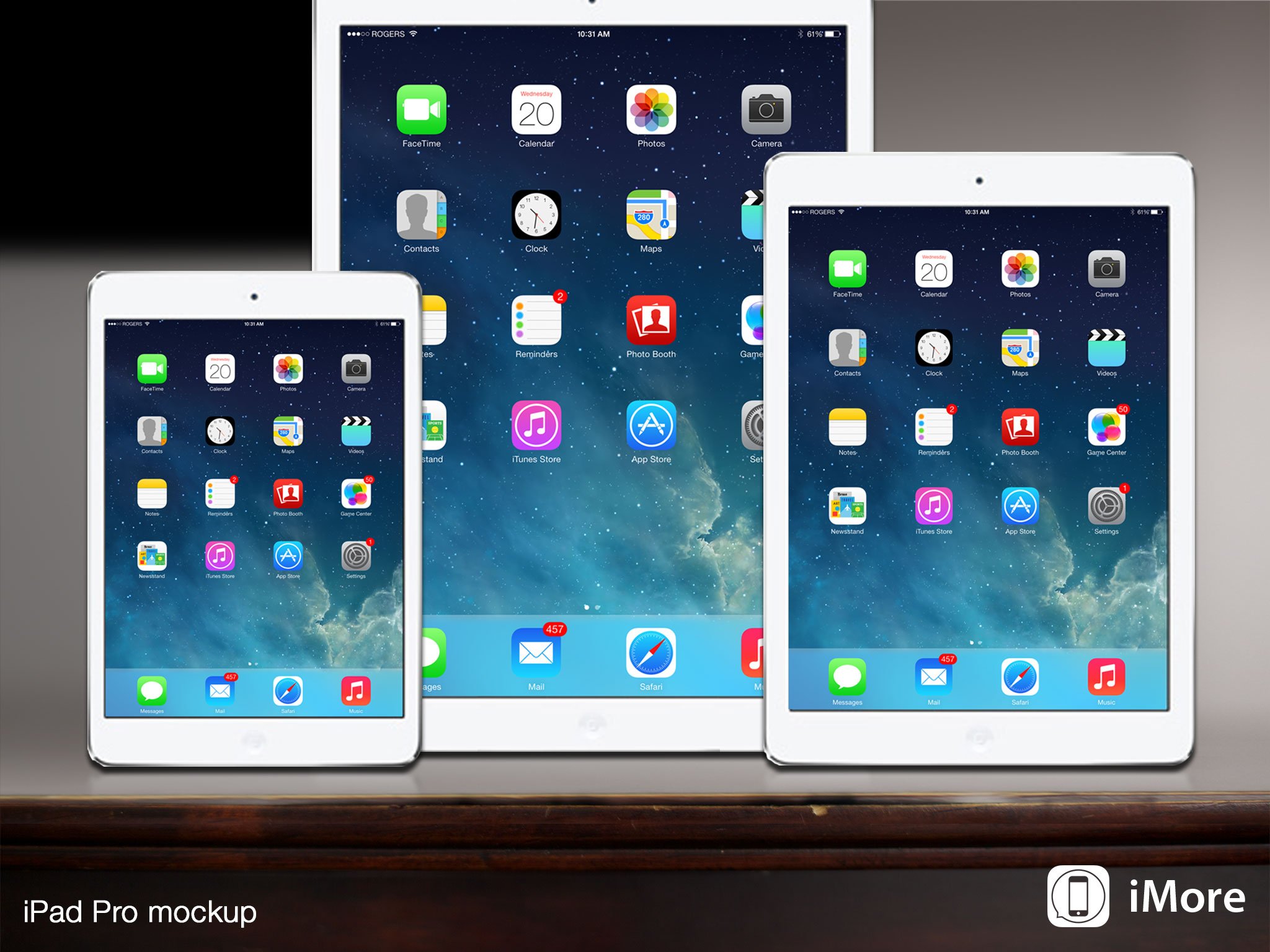
While Apple absolutely did not leak one on their website, elaborating on why that wasn't a 12-inch iPad Pro got me thinking again about what could be. Yes, a bigger iPhone 6 still feels far more important, but that doesn't make the mental exercise any less interesting. So, beyond how Apple could scale the iPad display to 12-inches, how else could Apple differentiate a larger tablet? What other features could Apple add to make an iPad truly "pro"?
1. Keyboard cover
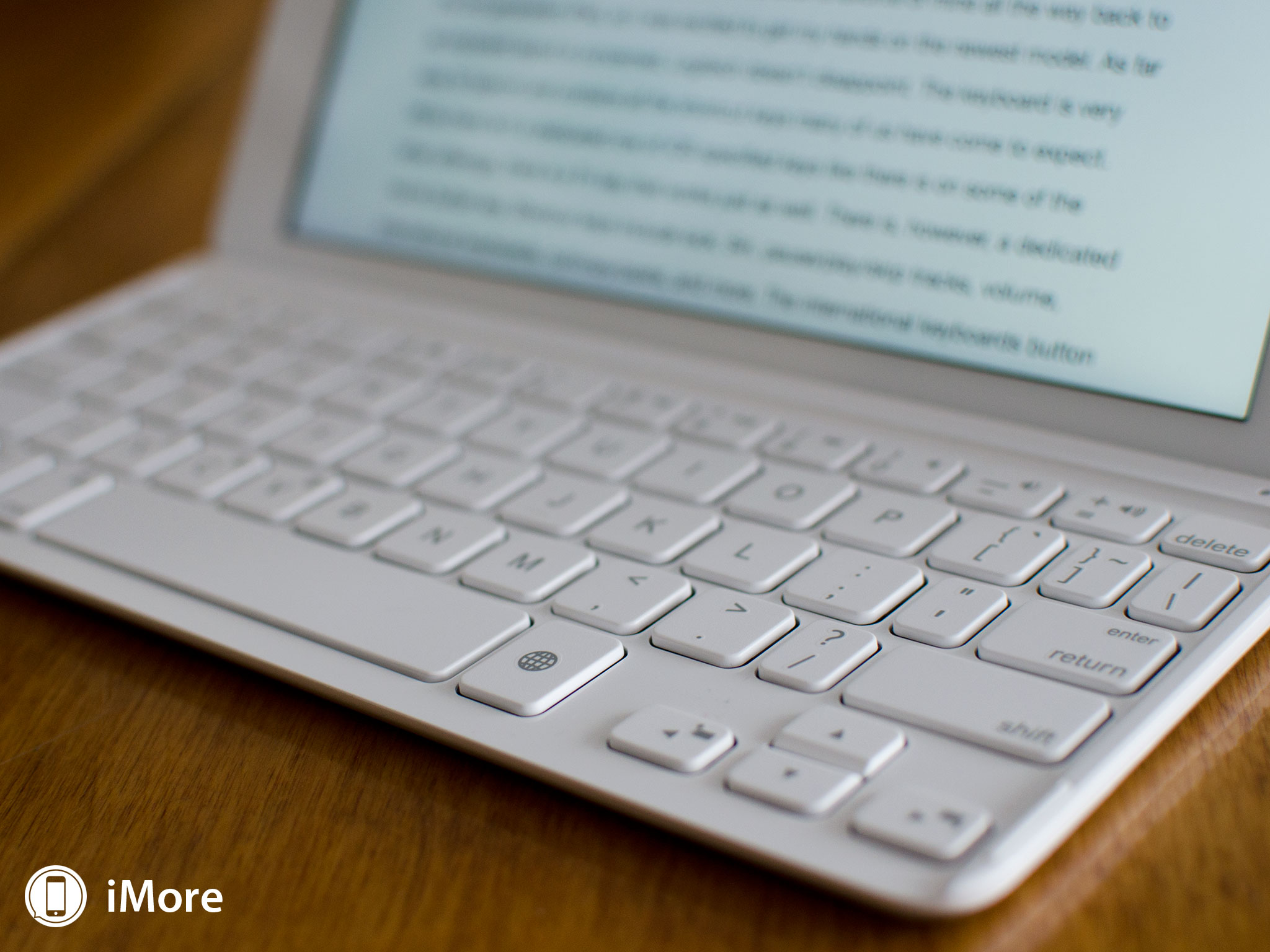
The original iPad launched with an... awkward Keyboard Dock that Apple discontinued a short time later. Since then, Apple has added supported for Bluetooth keyboards, including their own Bluetooth keyboard. But that was designed for the Mac, not for the iPad. Third-party manufacturers have attempted to fill that void with some great hardware that still doesn't offer perfect integration. Meanwhile, Microsoft has offered two kinds of keyboards for the Surface, a flat, capacitive keyboard and a thicker, mechanical one similar to the third-party ones made for iPad.
A keyboard cover made by Apple specifically for the iPad Pro could not only offer their typical world-class design, but even better levels of integration, allowing for faster typing and greater productivity, especially for people who live in document editors and spread sheets.
2. Pressure sensitivity
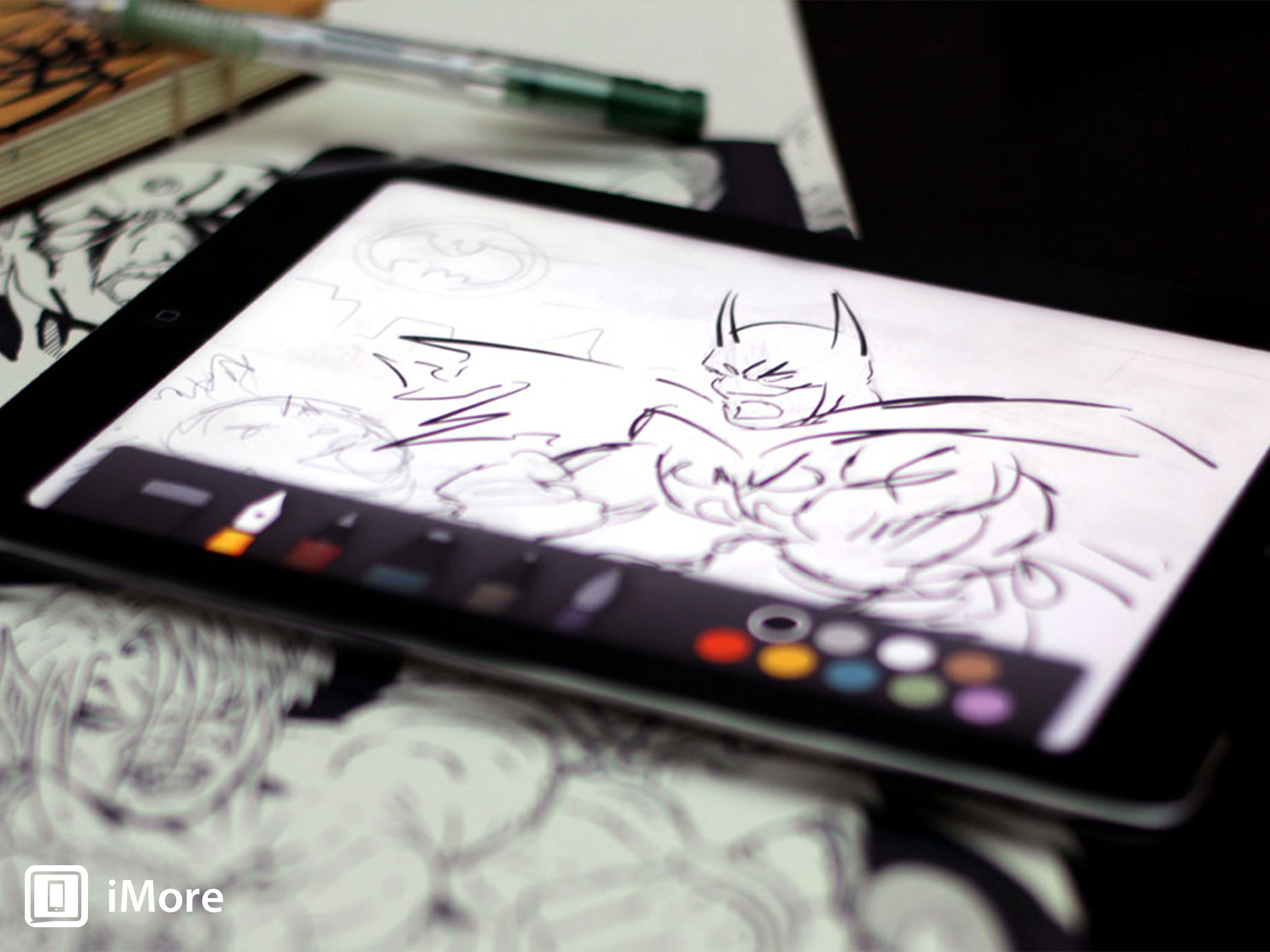
I used Wacom tablets for almost a decade when I worked in graphic design. They were and are phenomenally good at what they do. Though I never had the chance to own one, I've always lusted after the display versions like the Cintiq HD24 Touch. Hell, even though the software and hardware aren't at all to my taste, the idea of the Samsung Galaxy Note as an incredibly portable Wacom tablet has been super intriguing. Current iPads have no built-in pressure sensitivity. Stylus makers have tried to work around this using Bluetooth 4.0 LE, but the results just aren't the same.
Adding pressure sensitivity to an iPad Pro via a built-in digitizer would open up new worlds of creativity for professional illustrators, designers, and more — anyone and everyone who communicates using hand-writing, sketches, or diagrams.
3. Deep color
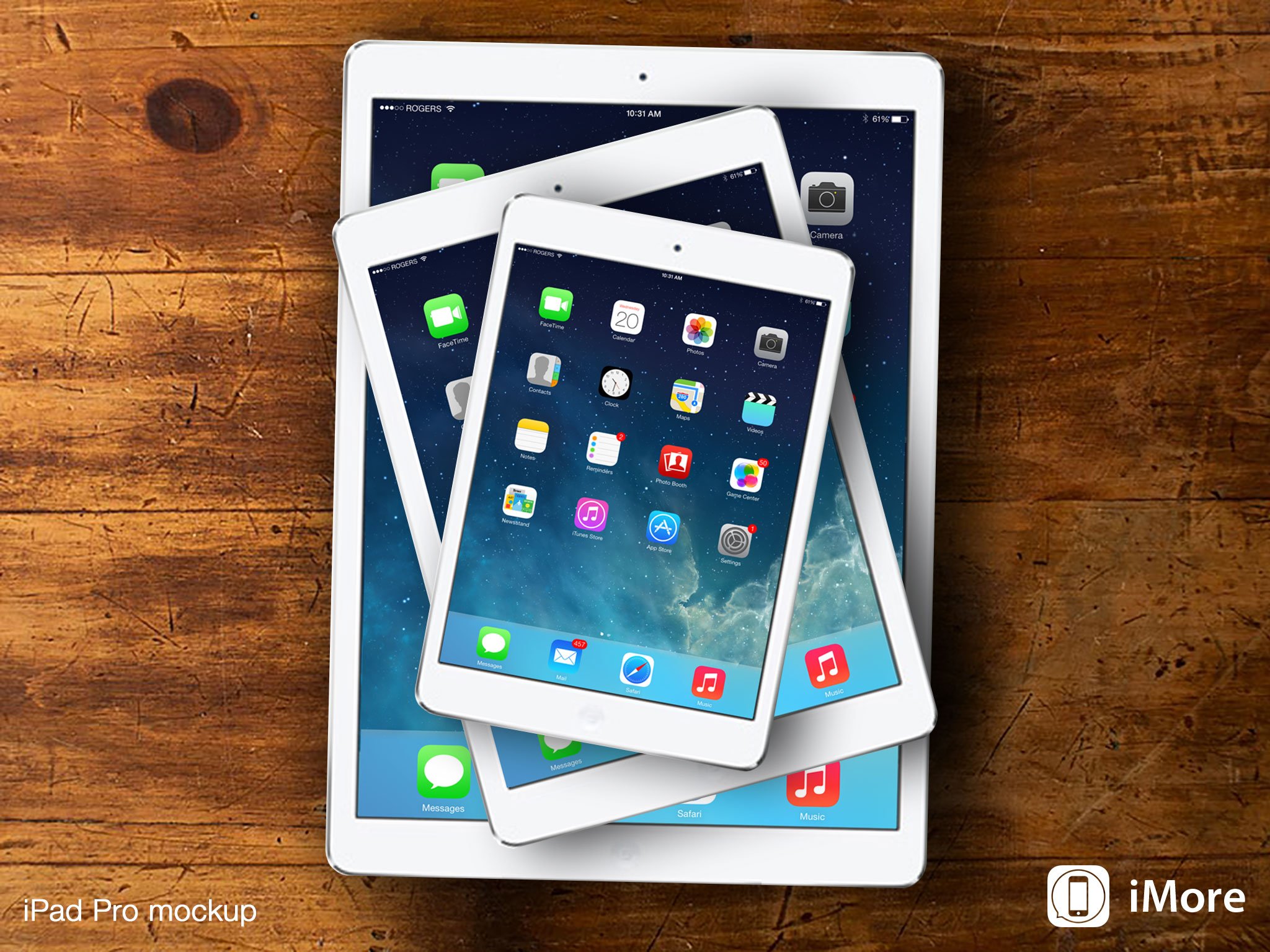
The Retina iPad mini famously doesn't have as good a color gamut as the iPad Air. Likewise, the iPad Air doesn't have as good color fidelity as the Amazon Kindle Fire HD. That's because the Kindle uses the same low-temperature poly-silicon (LTPS) panel that Apple currently reserves for the iPhone 5s. There are various manufacturing scale and power-efficiency reasons for Apple going indium gallium zinc oxide (IGZO) instead, but that doesn't mean there aren't greater color depths left for Apple to plumb.
A wide gamut display in an iPad Pro would appeal to professional photographers, artists, designers, and anyone for whom color accuracy is important.
iMore offers spot-on advice and guidance from our team of experts, with decades of Apple device experience to lean on. Learn more with iMore!
4. 4K camera

The original iPad shipped without a camera. The iPad 2 camera was incredibly disappointing. Subsequent iPad cameras have been... okay? Certainly they've been nothing like the incredibly good iSight camera of recent iPhones. While iPhoneography has long since gone mainstream — Apple even used the iPhone 5s to film television commercials and fashion shows — iPadography has garnered more ridicule than anything else. However, anyone who has been involved in large scale video projects know big screens can be incredibly helpful when it comes to capturing sharp images. Third parties have made cases that allow for wide angle and other lenses to be attached to the iPad but they're still limited by the glass inside the device. Meanwhile, other manufacturers are already including 4K in the phones.
The ability to live-preview 4K video on a 13-inch iPad Pro screen and capture it with a truly top-notch iSight camera would be a boon to highly mobile videographers everywhere.
5. Battery life
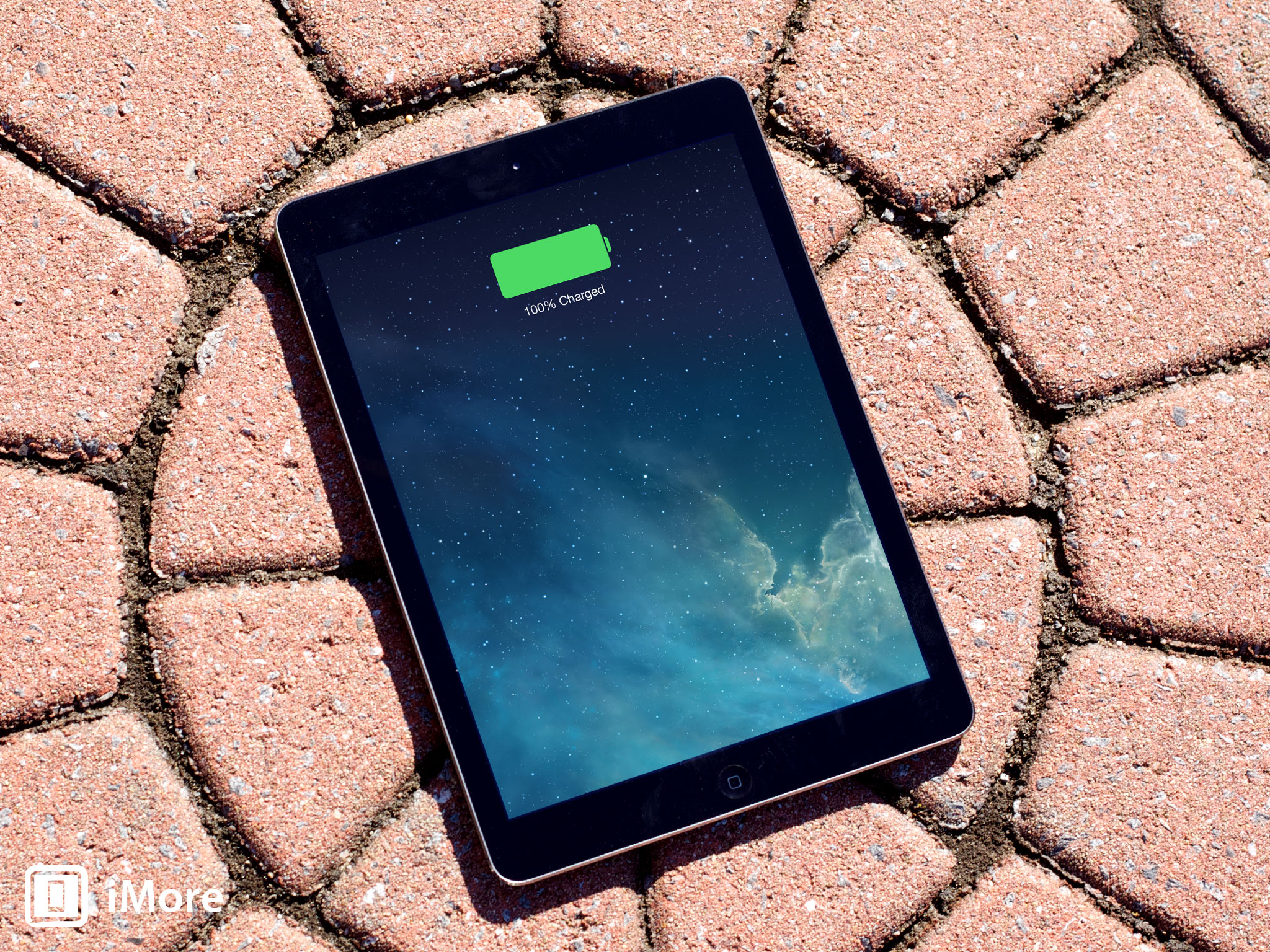
There's a cost to everything. When it comes to mobile devices, that cost is almost always battery life. Apple does a phenomenal job balancing screen density, device weight, and battery life already. In 2012 they could only maximize two out of the three. In 2013, they managed all three. Retina display, ultra-light design, and the same 10-hours of battery life as every previous generation. But only the same. The 13-inch MacBook Air, by contrast, now gets up to 13-hours. The whole idea behind the Retina iPad mini and iPad Air was to make them as light and highly-mobile as possible. At 13-inches lightness can be less of a priority — very few people will be holding it up for long periods of time — and the pendulum can swing back to battery life.
No matter what the specs or features, they do you no good if the battery is dead. An iPad Pro, even if it's a ever-so-slightly thicker, ever-so-slightly heavier than it might otherwise be, but with 12- to 15-hours of battery life, would be a huge win for professionals.
What about ports and docks?
The iPad is not a Mac, so that leaves a lot on the table. OS X isn't touch optimized, so those wanting a Mac tablet will still likely have to look to third-party aftermarket mods. USB ports, like VGA ports, are the past and Apple looks to the future, so those who want nothing more than for the side of the iPad to look like the side of a Windows laptop will probably always need to look elsewhere. iOS hardware isn't based on PCI architecture the way a Mac is, so that means dreams of a Thunderbolt connection — which is also based on PCI — will remain just that — dreams. The idea of a dock-able iPad certainly isn't new, but if Apple ever decoupled software and hardware they'd likely do it in a new way.
What about the software?
The list above is restricted to hardware. iOS 8 or iOS 9 could no doubt bring even more Pro to a 13-inch iPad. The trick would be maintaining the iPad's ease of use while increasing its pro appeal.
Would it need multiple user support, not in the traditional OS X sense but something perhaps tied to iCloud profiles? Would it need multiple concurrent app support, again not with the traditional OS X window-mouse-pointer (WiMP) context, but in a way born to multitouch? Would it need some form of document repository that keeps the file system hidden away but still provides robust file access?
Those and other questions are also incredibly interesting, but I think will take even more consideration.
Your iPad Pro dreams?
There's no indication Apple is going to ship an iPad Pro any time soon. But that's what makes this the perfect time to speculate, to dream. Not everything, not anything will be possible. Apple is still limited by the laws of physics and economics, and the discipline of focus. But within the realm of the possible, what would it take for you to truly consider an iPad "pro"?

Rene Ritchie is one of the most respected Apple analysts in the business, reaching a combined audience of over 40 million readers a month. His YouTube channel, Vector, has over 90 thousand subscribers and 14 million views and his podcasts, including Debug, have been downloaded over 20 million times. He also regularly co-hosts MacBreak Weekly for the TWiT network and co-hosted CES Live! and Talk Mobile. Based in Montreal, Rene is a former director of product marketing, web developer, and graphic designer. He's authored several books and appeared on numerous television and radio segments to discuss Apple and the technology industry. When not working, he likes to cook, grapple, and spend time with his friends and family.
